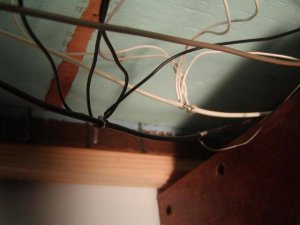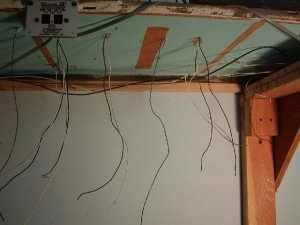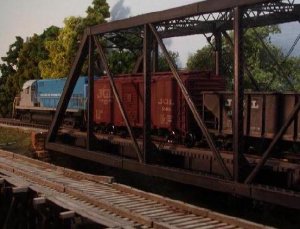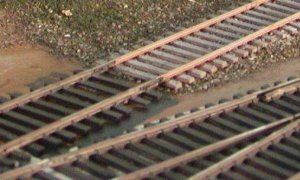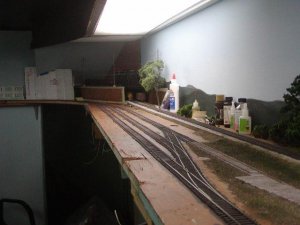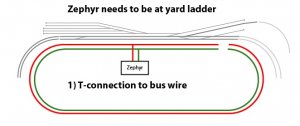What's the best way to run all the feeder wires coming off the yard ladder to the bus wires? Is it better to:
1) solder each one individually to a separate part of the bus wire?
2) solder several matching polarity feeders together and then solder that to the bus wire?
3) attach each one to a terminal strip and then wire that to the bus wire?
or does it matter? It seems to me that option 1 will result in a lot of wire stripping in a small area. I've never used a terminal strip, although in principal it sounds like the neatest, most efficient approach.
Thanks in advance for your help. (Just to let you know all my wires are colour-coded red and green and match the red and green bus wires).
Val
1) solder each one individually to a separate part of the bus wire?
2) solder several matching polarity feeders together and then solder that to the bus wire?
3) attach each one to a terminal strip and then wire that to the bus wire?
or does it matter? It seems to me that option 1 will result in a lot of wire stripping in a small area. I've never used a terminal strip, although in principal it sounds like the neatest, most efficient approach.
Thanks in advance for your help. (Just to let you know all my wires are colour-coded red and green and match the red and green bus wires).
Val


